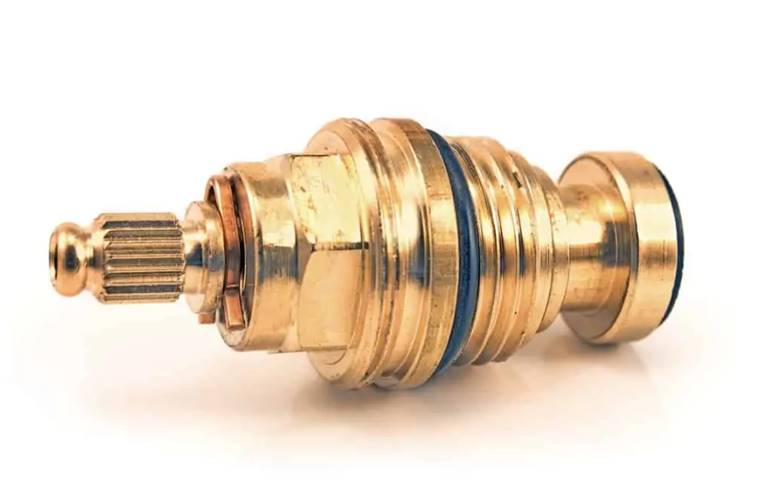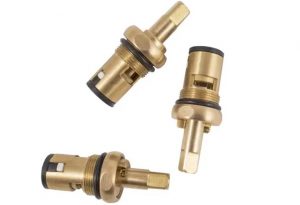American Standard Faucet Stem Identification Tips

Maybe your kitchen or bathroom faucet isn’t working as it should. Before you throw the whole thing away, try replacing the old, faulty part. Determining the specific faucet rod replacement you need can be complicated, especially if you don’t know the brand or size and type you need.
Lucky for you, we’re here to help. Use this quick guide to help determine what you need to get your faucet up and running quickly.
When Is It Time To Replace?
It may be time to replace your entire faucet, especially if it’s leaking excessively and leans more toward a vintage piece of art than a functional faucet. However, faucet replacements can be very expensive, so trying to fix the faulty part is a good place to start.
If your faucet is leaking or dripping, you may be able to fix the faucet fairly easily. A squeaky sound that may be caused by the valve stem may require a coat of grease to fix the problem. Low water pressure and irregular water flow may also indicate that you need to do some repair work inside the faucet.

Determine The Manufacturer
Determining the brand of your faucet is a critical part of buying the right replacement part, as many manufacturers sell parts specific to that model. First try to find the logo. Sometimes the logos are bold and easy to find, but sometimes, they are small and elusive.
If your faucet is dirty, give it a quick scrub and see if the logo emerges from under the dirt. If that doesn’t do the trick, look at the rest of the faucet to see if the logo is hidden.
Determining The Model Number
Again, since the manufacturer likes to have you buy replacement parts from them and only from them, you need to find the model number. It may be hanging out with the logo, but if not, check at the spout, shroud, etc.
Puller And Stem
Your next stop will be to determine the number of splines on the broach; the broach is the part that mounts to the bottom of the handle and the top of the stem.
The number of splines, also known as the notches on the puller, may point you in the right direction to identify your faucet, which will help determine the proper cartridge replacement when needed. The combination of splines and pullers that are usually used together can be found here.
When you remove the broach from the faucet stem cartridge, make sure you have turned off the water to the faucet you are repairing, otherwise things can get messy.
Tips For Identifying Parts
Once you find the end of the broach, try using a faucet stem identification diagram, which outlines the spool, stem and kit and may be able to help you identify the stem of your faucet. The abroach diagram can help identify the manufacturer, and a faucet stem identification application can quickly identify the faucet stem.
- For broaches, try this link
- Faucet Stem Identification Chart
- Faucet Stem Identification Application
Should I Replace The Entire Faucet Or Just The Faulty Part?
Determining whether you need to replace the entire faucet or just the faulty part depends on whether the repair will fix the problem. If you keep replacing parts, whether it’s the stem, puller or other parts, and the problem isn’t being fixed, then it may be time to replace it.
If you can correctly identify the old part that is causing the problem and successfully replace it, there is no need to throw out the entire faucet. Whether it’s in your bathroom, shower, or kitchen, leaky or poorly functioning faucets are annoying.
Try to fix the damaged part and get your faucet working like a charm. If the faucet isn’t working properly, it may be time to talk to a professional or spend money on a new, fully functioning faucet.
 ARCORA FAUCETS
ARCORA FAUCETS